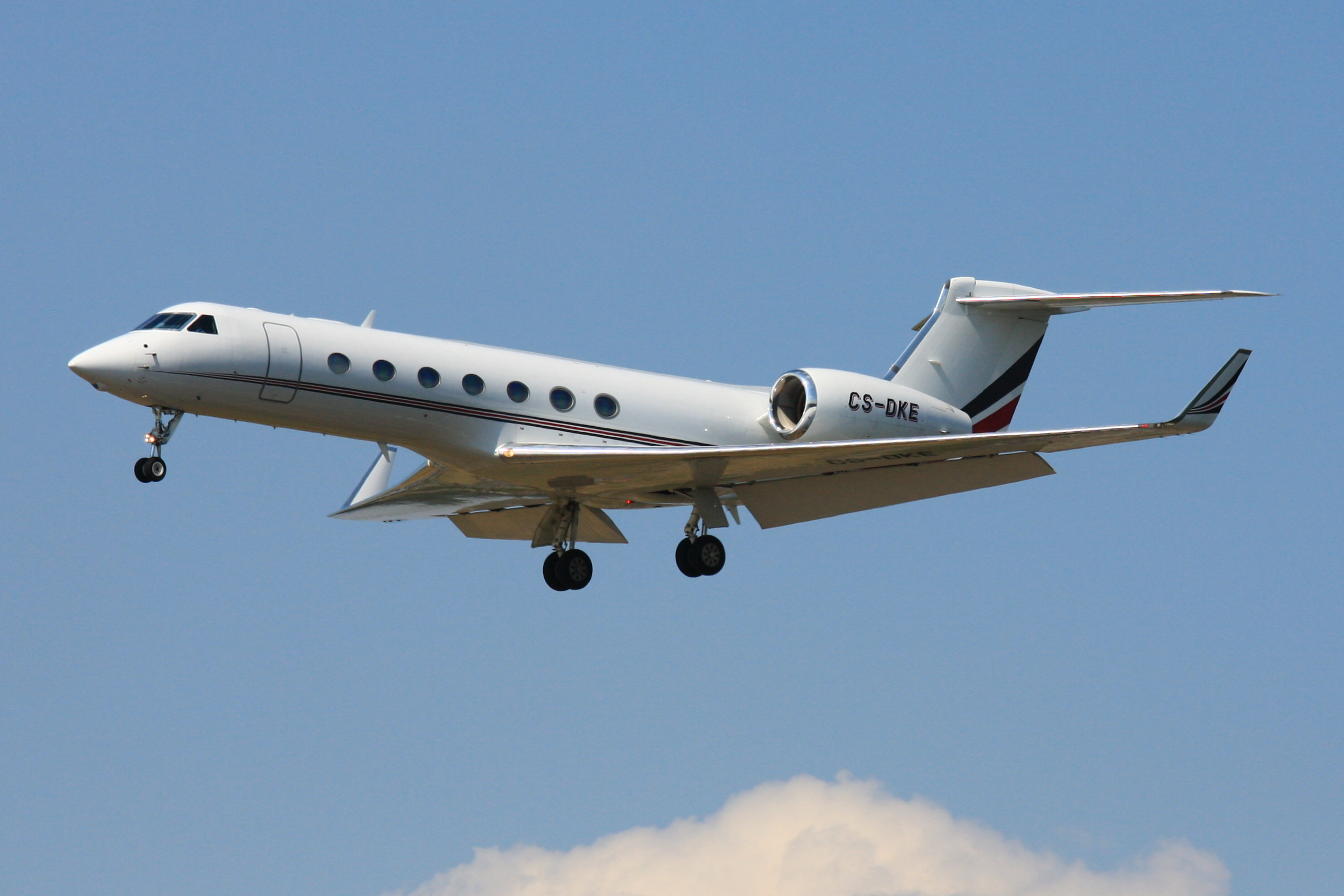
Gulfstream G550
EL / W-2085 CAEW of the Israeli Air Force, referred to as Eitam. Numerous communication antennas are located at the rear of the fuselage and at the "bulge" end of the tail with the S-band radar. MAF
The Department of National Defense selected the Gulfstream 550 business jets as successors to the Yak-40s, which were discontinued several years ago, and the decision was made based on the timing of the delivery of new aircraft. This decision also opens up some prospects for the Air Force, because the G550 is also an air platform, on the basis of which several special versions have been prepared.
These are interesting designs because they were created to perform tasks that are currently beyond the operational capabilities of the Air Force. The choice of affordable passenger aircraft as the carrier of task systems is driven by the desire to create an aircraft within the financial reach of countries that cannot afford to operate special machines using the airframes of large passenger or transport aircraft.
Gulfstream itself has developed special versions of its aircraft in the past. Examples include the EC-37SM electronic intelligence variant on the Gulfstream V glider (G550 - experimental version) of the early years of the 550th century or the unmanned version of the G37, which, under the designation RQ-4, unsuccessfully tried to involve the US Navy in the BAMS program (Broad Area Maritime Surveillance - selected by Northrop Grumman MQ-XNUMXC Triton BSP). Gulfstream continues to offer its latest special edition aircraft to the Pentagon, backed by its parent company General Dynamics and joining forces with other companies.
A company that prepared, among other things, several task systems for installation on the aircraft body. The G550 is owned by Israel Aerospace Industries (IAI) along with Elta, its electronics subsidiary and perhaps best known for building radar stations. Currently, IAI / Elta offers four different aviation systems: EL / W-2085 (primarily airborne early warning and control systems), EL / I-3001 (electronic intelligence, communications), EL / I-3150 (radar reconnaissance and electronic ground battlefields) and EL / I-3360 (sea patrol aircraft).
EL/V-2085 KAEV
We dare say that the most famous IAI / Elta system is an airborne early warning and control (AEW & C) post called EL / W-2085 CAEW. This designation comes from the installed radar system, while CAEW comes from Conformal Airborne Early Warning. This highlights the installation method of the radar antennas. Two lateral long cuboid antennas in conformal containers attached along the fuselage are required. These are complemented by two smaller octagonal antennas, one mounted at the nose of the aircraft and the other at the tail. Both are protected by radiopaque radomes in the form of blunt rounded domes instead of the lancet ones we see on supersonic fighters. Such rounded shields are more advantageous from the point of view of the propagation of radar waves, but are not used on fighters for aerodynamic reasons. However, in the case of a subsonic patrol aircraft, such a "luxury" could be afforded. However, this does not mean that IAI has compromised on aerodynamics. The choice of the G550 as a carrier was dictated, among other things, by its very good aerodynamics, to which the shape of the conformal radar fairings was adapted. In addition, IAI chose the G550 because of its spacious passenger compartment, which has enough space for six operator positions. Each of them is equipped with a 24-inch color multifunction display. Their software is based on MS Windows. The stands are universal and from each of them it is possible to control all aircraft task systems. Other advantages of the G550 according to IAI are the flight range of 12 km, as well as a high flight altitude (+500 m for the civilian G15), which contributes to airspace monitoring.
Lateral radars operate in the decimeter range L. The antennas of stations operating in this range, due to their physical properties, do not have to be large in diameter (they do not have to be round), but must be elongated. The advantage of the L-band is a large detection range, including objects with a small effective radar reflection surface (cruise missiles, aircraft built using stealth technology). Side radars complement the front and rear radars operating in the centimeter S-band, including due to the shape of their antennas. A total of four antennas provide 360-degree coverage around the aircraft, although it can be seen that the side antennas are the main sensors.

